Kenderaan Elektrik Diperlukan Untuk Van Penghantaran Dan Ride-Hailing
Mereka tiga kali lebih baik untuk persekitaran ketika ride-hailing
Mengganti kereta tradisional atau van penghantaran komersial dengan kenderaan elektrik akan memberikan tiga kali ganda manfaat persekitaran dan pengurangan pelepasan, menurut satu kajian baru-baru ini.
Agensi automotif Malaysia dan jabatan pengangkutan jalan sepatut sudah mengalakkan ini sejak 4-5 tahun kebelakangan dan bukannya mengalakkan pembeli kereta persendirian untuk berpindah kepada kenderaan elektrik.
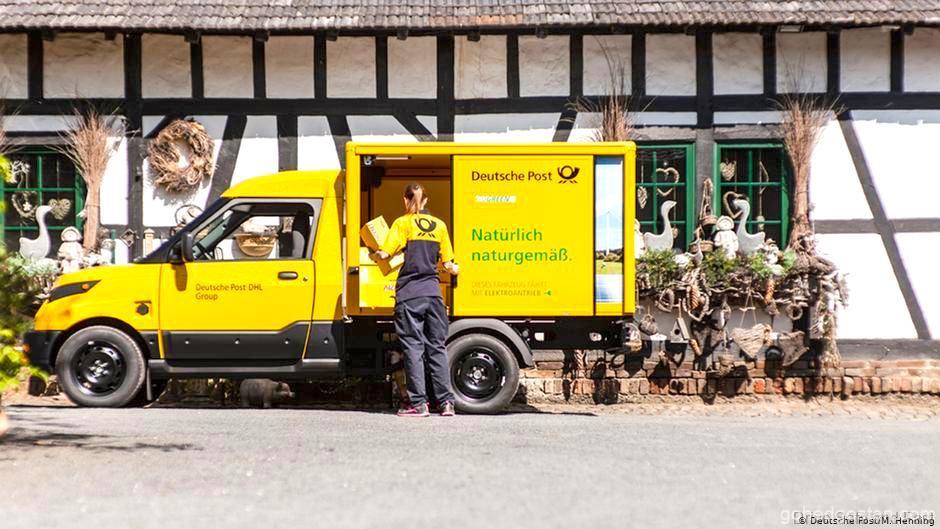
Untuk menggalakkan syarikat pengangkutan komersil, Pos Malaysia dan syarikat penerbangan naik untuk menerima pakai mobiliti elektrik akan menggerakkan infrastruktur pengecasan kenderaan elektrik dengan lebih cepat dan kemudian dengan infrastruktur pengisian meningkat dan berfungsi, pembeli kereta persendirian kelas menengah akan lebih cenderung untuk melihat kepada membeli Nissan Leaf dan Renault Zoe.
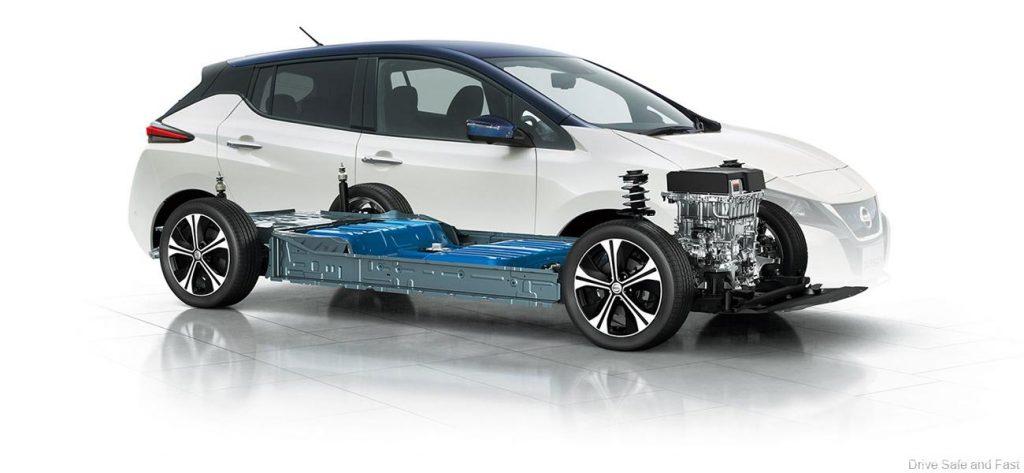
Ini akan mendorong syarikat kereta nasional seperti Perodua dan Proton untuk memperkenalkan plug-in hybrid dan kenderaan elektrik yang akan meyakinkan syarikat seperti Hyundai dan Kia untuk mendirikan kilang kenderaan elektrik mereka di Malaysia dan bukan di negara jiran kita.
Pengeluar bateri EV pula akan lebih cenderung untuk memulakan operasi di Malaysia dan lebih banyak pekerjaan berteknologi tinggi akan dicipta dan pelaburan berjuta-juta dolar akan mengalir ke dalam ekonomi kita. Malaysia semestinya menjadi hab EV ASEAN dan stesen jana automotif sebenar.
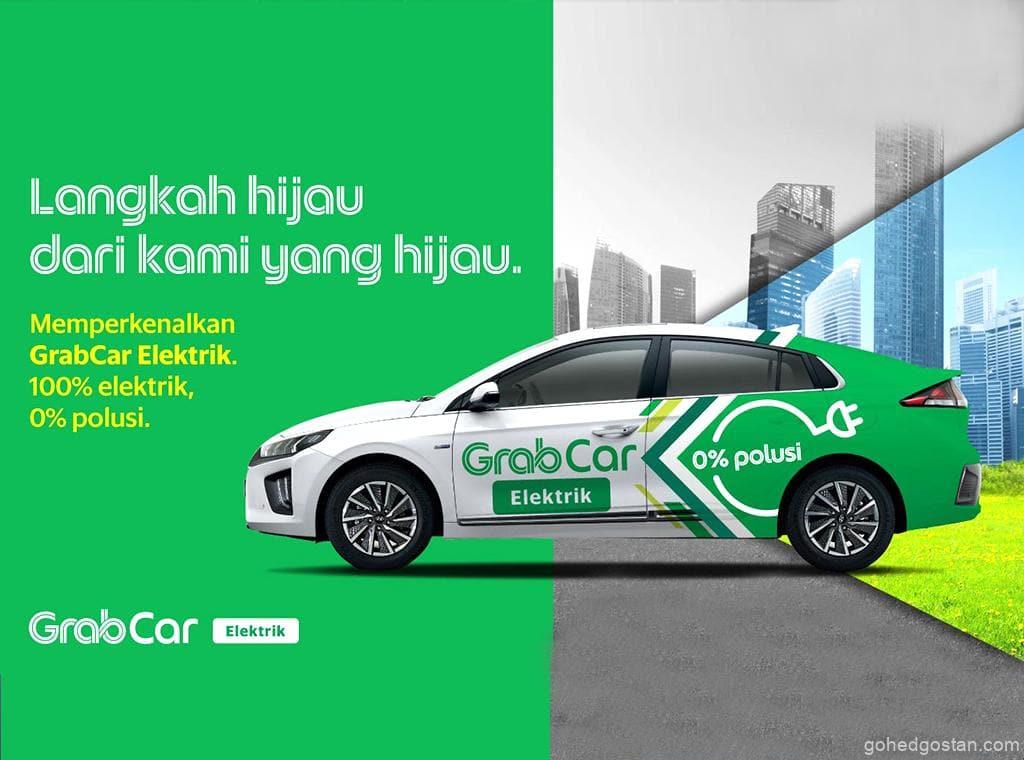
Sekarang, sebahagian besar daripada semua ini sudah hilang dan agensi yang bertanggungjawab sibuk dengan pergerakan BUKAN berkenaan mobiliti dengan agenda tersembunyi sendiri.
MEDIA RELEASE: The finding comes as a new cost analysis by Transport and Enviroment (T&E) shows that electric-vehicles (EV) are cheaper to run for Uber drivers in many European cities, and Uber in Portugal says it will only take on new drivers if they have an EV. The same goes for home shopping delivery vans and courier vans (La-La Move, DHL, ELC, Postal delivery etc).
Ride-hailing in Europe is the practice whereby a professional licensed driver earns money by charging for what are effectively private taxi services provided in their own car. (In the US and elsewhere like Malaysia private motorists can offer the service.)
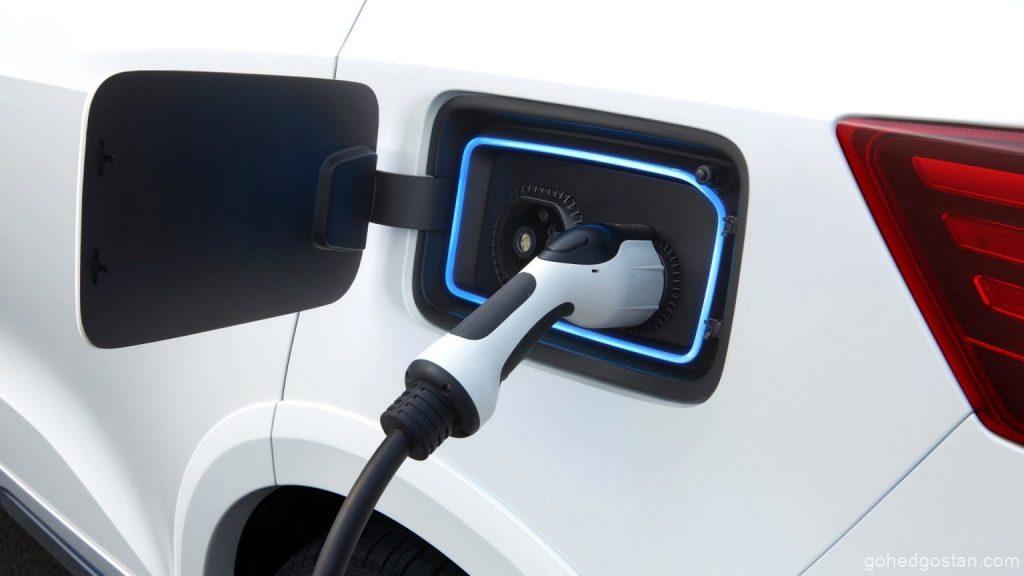
The two biggest ride-hailing operators globally are Uber (founded in 2009) and Lyft (2012). But while they have both expanded rapidly, so has concern that their growth has been at the cost of the environment and public transport.
Both Uber and Lyft have made recent statements expressing their intention to move towards a totally electric fleet. But now, for the first time, a study has looked at what the environmental impact might be.

The study by Alan Jenn at the University of California’s transportation institute, published in the Nature Energy journal, looked at 400,000 journeys made in a battery EV by 1,000 ride-hailing drivers, and compared the impact with 118,668 journeys made in a petrol or diesel car, as well as over 15,000 in a plug-in hybrid EV.
The biggest finding is that the potential environmental and emission reduction benefits of replacing a ride-hailing traditional car with an EV are ‘approximately three times higher compared with those of regular vehicle usage in California’, and on emissions alone this was ‘the most pessimistic scenario’. This is because vehicles owned by Uber, Lyft and other ride-hailing drivers are driven more than if they were only used for private use (about 305km on average per day compared to 48km).
On a practical level, Jenn said concerns about the ability of EVs to provide the same level of services as petrol/diesel cars had been ‘overstated’. ‘We found no statistical difference between the two technologies for services provided to ride-hailing companies,’ the report says.
T&E’s electromobility manager, Saul Lopez, said: ‘Our campaign to electrify the taxi and ride-hailing fleet is aimed both at companies like Uber and at city authorities, and this evidence shows it’s in everyone’s interest to show maximum ambition. City authorities must offer incentives for ride-hailing companies to go fully electric by insisting on measures like zero emissions zones, deploying charging infrastructure both at home and at work, and providing fast-charging hubs in urban centres.’
A new study by T&E shows that medium-sized battery electric cars are on average 14% cheaper to run than equivalent diesels today in European cities such as Paris, Berlin, Madrid and Lisbon. That’s if slow charging overnight near home, or fast charging at preferential rates, are available. The savings can be higher (24 percent) in the case of Parisian drivers – in monetary terms, these savings amount to €3,000 every year, thanks to cheaper electricity, lower EV retail prices and higher incentives in France.
Last month, Lyft announced plans to work towards having 100 percent EVs by 2030 in a project with the US Environmental Defense Fund. The company describes this as ‘a public commitment’ but it admits it will be difficult to achieve and is not saying whether it will ban non-EV drivers from 2030.
In a separate development, Uber’s Portuguese arm has said it will now only accept new drivers in the country’s main cities if they have an EV. The company says it wants to ‘accelerate the electrification of trips made through Uber, making an important contribution to improving the quality of life in Portuguese cities and decarbonizing the transport sector’. However, already registered drivers will be allowed to continue using fossil-fuelled cars.
Francisco Ferreira from Zero, one of T&E’s Portuguese members, said: ‘Uber’s decision to ban new internal combustion engine cars from their services will have a greater impact in the future. Since they have age restrictions on their fleet, in a few years, the most-used Uber cars will be fully electric. With the right incentives from the government and municipalities such as Lisbon, this will be great news for the air quality and noise levels in the city.’
The #TrueCostOfUber campaign, coordinated by T&E and active in Paris, Brussels, Amsterdam, Berlin, London Madrid and Lisbon, calls on Uber to go 100 percent clean in large European cities by 2025. It’s also active in the US with the Sierra Club.



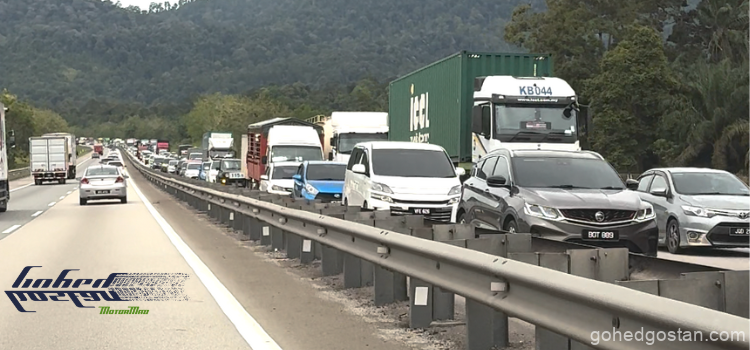


No Comment